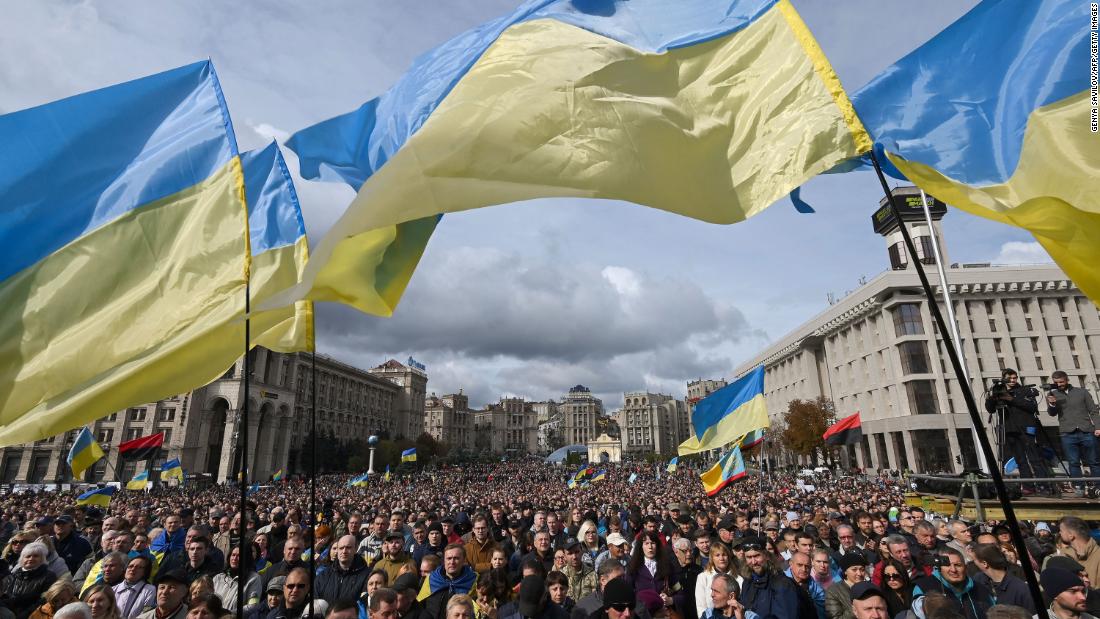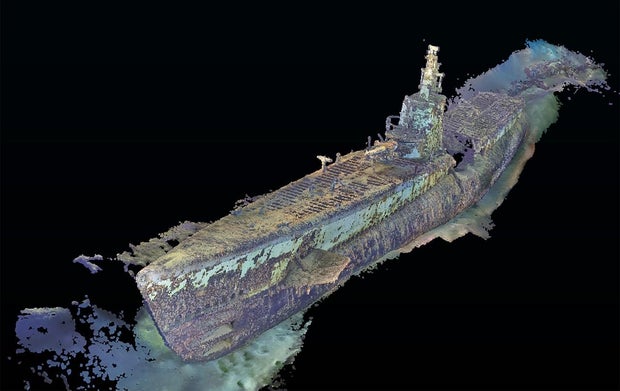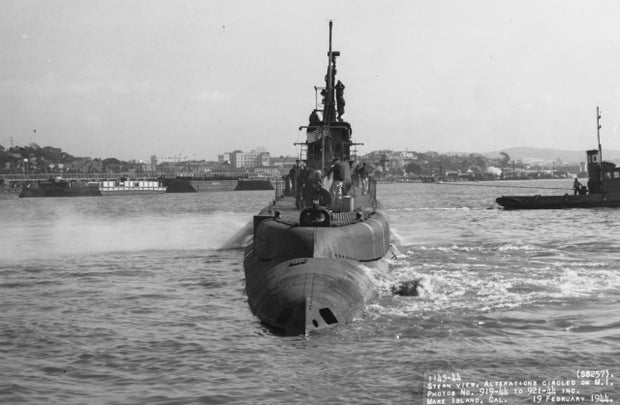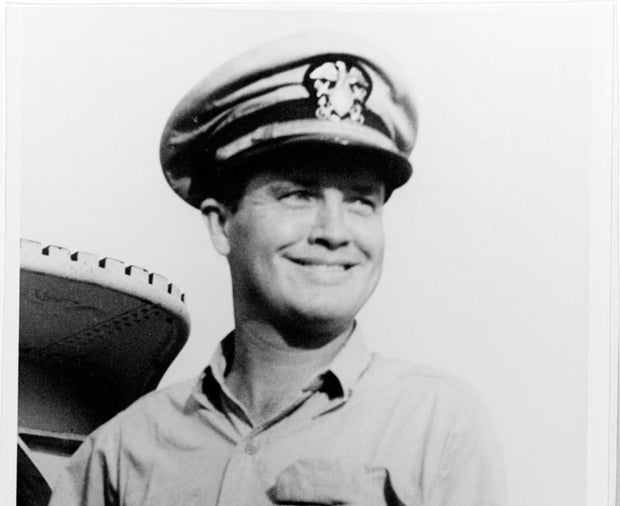US defence secretary Lloyd Austin will visit Cambodia next month as Washington engages the country’s new American-educated prime minister in an effort to coax the country away from China.
Austin will travel to Phnom Penh on June 4 after attending the Shangri-La Dialogue defence forum in Singapore where he will discuss challenges in the Indo-Pacific with US allies and partners and hold his first meeting with Dong Jun, the Chinese defence minister.
In Cambodia, Austin will meet Prime Minister Hun Manet, son of the former leader Hun Sen, according to three American officials. Hun Manet succeeded his father in August 2023.
He graduated from West Point, the US military academy, and New York University. Washington hopes the emergence of a new generation of leaders will make the country predisposed to working more closely with the US.
“We remain clear-eyed about some of our concerns in Cambodia, but at the same time we see the arrival of the new leadership allowing us to explore new opportunities,” said one US official.
The stepped up engagement comes amid US concerns about the expansion of a naval base at Ream being built by China. Washington believes China is building a permanent naval base at the strategic location off the Gulf of Thailand. Those concerns have been heightened by the presence of two Chinese warships docked at Ream since December.
Cambodia denies the facility is a Chinese base, saying the warships are there for joint military exercises. The US official said Washington would continue to raise concerns about the naval base.
A second official said Washington also saw an opportunity to work more closely with Cambodia as China has less money to spend on its Belt and Road Initiative infrastructure programme. “Over the past few years, and especially since the pandemic, BRI funding has dried up. Cambodia is one of the countries feeling the drawdown the hardest,” the official said.
At the Shangri-La Dialogue, Austin will give a speech outlining US efforts to bolster alliances and partnerships as the US shifts from a “hub and spoke” security arrangement in the Indo-Pacific to a “latticed” security architecture that increasingly involves US allies, such as Japan, Australia, the Philippines and South Korea, working more with each other.
The Pentagon chief will also hold his first meeting with Dong, who was named defence minister in December. US officials said he would express concern to Dong about several issues, including China’s assertive military activity around Taiwan.
Austin is also expected to raise concerns about the Second Thomas Shoal, a contested reef in the South China Sea that lies inside the Philippines’ exclusive economic zone. In recent months, Chinese coast guard ships have used water cannons to try to prevent Manila from supplying troops stationed on the Sierra Madre, a ship grounded on the reef.
The Second Thomas Shoal is expected to feature heavily at the three-day defence forum sponsored by the International Institute for Strategic Studies, particularly because President Ferdinand Marcos Jr of the Philippines will speak at the event on Friday evening.
Austin will also meet Lawrence Wong, Singapore’s new prime minister. He will also hold a trilateral meeting with his counterparts from Japan and South Korea, in addition to holding engagements with many of his counterparts from south-east Asia.

































